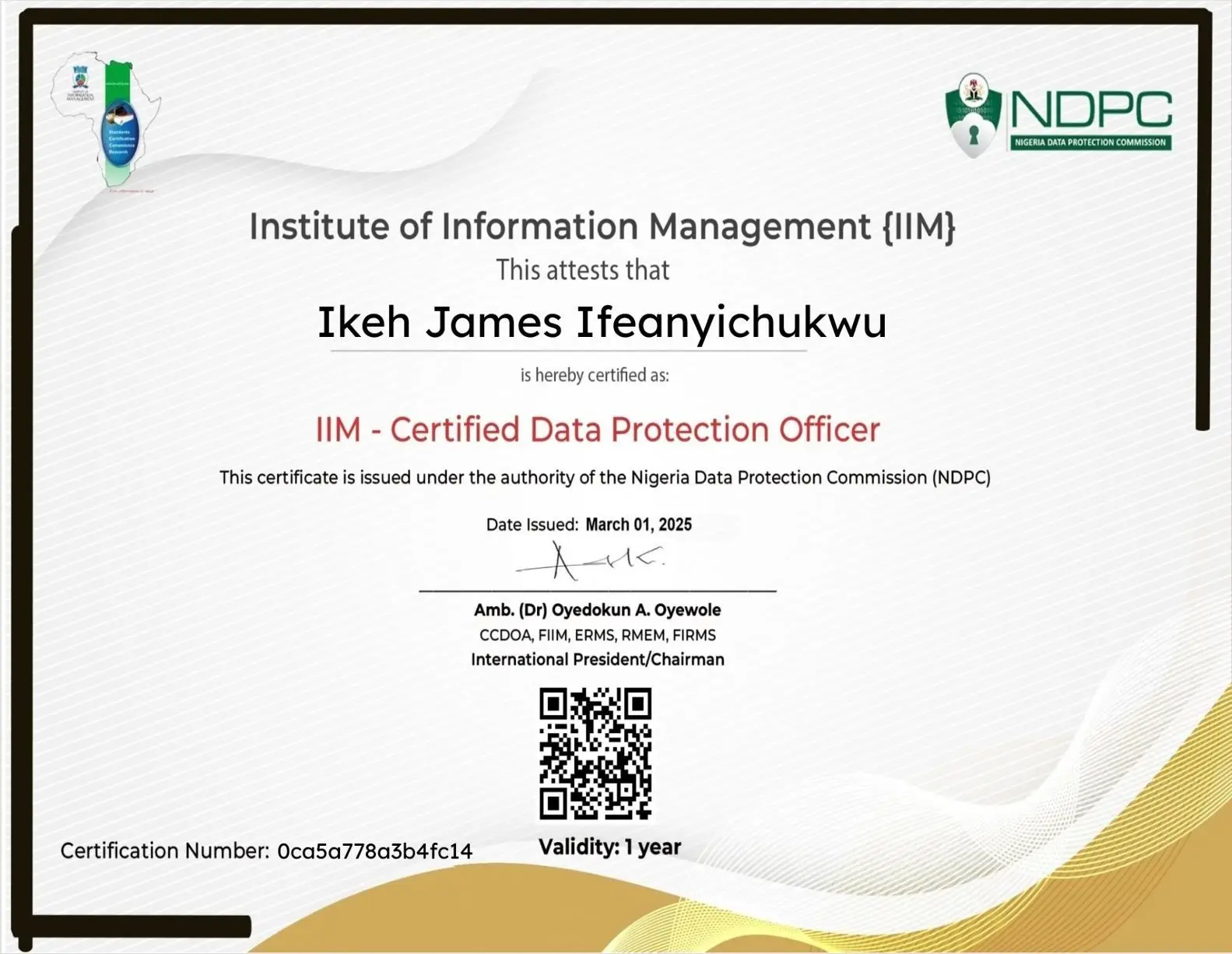Zero-Day Exploit Hits Banks Worldwide – Cybersecurity Lessons
Share

Financial institutions worldwide were rocked by a massive zero-day exploit that targeted banking systems, payment processors, and fintech platforms in 2025. The incident underscores how critical cybersecurity has become for global finance and why every organisation must strengthen resilience against previously unknown vulnerabilities.
What is a Zero-Day Exploit?
A zero-day exploit refers to a cyberattack that takes advantage of a software flaw unknown to the vendor or security community. Because no patch exists at the time of discovery, these exploits are among the most dangerous in the cybersecurity landscape.
Key traits of zero-day exploits:
- They are undetectable by traditional antivirus tools.
- Exploits can spread rapidly before patches are released.
- Attackers often target high-value industries, including finance, healthcare, and government.
The 2025 Global Financial Zero-Day Attack
In March 2025, a vulnerability was discovered in widely used middleware software that connected financial institutions’ transaction systems. Attackers exploited this weakness to:
- Intercept sensitive transaction data.
- Execute unauthorized wire transfers.
- Install backdoors for long-term espionage.
Case Example: A major European bank reported losses exceeding $200 million after attackers used the zero-day to bypass authentication and move funds across multiple accounts. Similar breaches were reported in Asia and North America within days.
Why Financial Institutions Were Prime Targets
Financial institutions remain attractive to attackers because:
- High-value assets: Direct access to money and sensitive financial data.
- Complex IT environments: Legacy systems combined with modern platforms create vulnerabilities.
- Global interconnectivity: A single exploit can cascade across supply chains and international markets.
Lessons Learned from the Zero-Day Attack
The global incident has made it clear that traditional cybersecurity approaches are no longer enough. Here are key takeaways:
1. Proactive Threat Hunting is Essential
Institutions must invest in threat intelligence and continuous monitoring to detect unusual patterns before damage escalates.
2. Vendor Risk Management Must Improve
The attack originated from third-party middleware. Banks need rigorous vendor assessments, continuous audits, and contractual security obligations.
3. Zero Trust Architecture is Non-Negotiable
A Zero Trust model where no user or device is automatically trusted can contain breaches by limiting lateral movement.
4. Rapid Patch Management Saves Millions
Faster collaboration between vendors, regulators, and institutions is critical for patch deployment.
5. Incident Response Plans Need AI Integration
AI-driven response systems can reduce detection-to-response times from days to minutes, preventing large-scale losses.
Comparing Before vs. After the Incident
| Area | Before Zero-Day Attack | After Lessons Learned |
| Threat Detection | Relied on traditional tools | Advanced AI-driven monitoring |
| Vendor Management | Periodic audits | Continuous risk assessments |
| Security Architecture | Perimeter-focused | Zero Trust by default |
| Incident Response | Manual, slower | Automated + AI-enhanced |
| Regulatory Collaboration | Fragmented | Coordinated global approach |
Regulatory and Global Response
- EU Regulators launched immediate GDPR-related investigations into data breaches.
- U.S. Treasury convened emergency meetings with major banks to coordinate defenses.
- Asia-Pacific regulators began drafting new requirements for financial software vendors.
This reflects a shift toward global cybersecurity governance in response to cross-border threats.
What Financial Institutions Should Do Next
- Invest in Red Teaming: Simulate zero-day scenarios to stress-test systems.
- Strengthen Data Encryption: Ensure all sensitive data is encrypted at rest and in transit.
- Implement Continuous Authentication: Adaptive, biometric, and behavioral monitoring.
- Collaborate with Peers: Share threat intelligence through trusted industry groups.
- Educate Staff and Clients: Human error is often the first step to exploitation.
FAQs on Zero-Day Exploits in Finance
Q1: Can zero-day exploits be completely prevented?
No, but risks can be minimized with layered defenses, AI monitoring, and proactive patching.
Q2: Who discovered the 2025 financial zero-day?
Security researchers in collaboration with a major fintech firm identified the flaw after unusual traffic was detected.
Q3: How fast did regulators respond?
Within 48 hours, emergency advisories were issued globally, though many institutions were already compromised.
Q4: What are long-term impacts?
Beyond financial losses, reputational harm and stricter regulatory scrutiny will shape how banks handle security.




























Leave a Reply